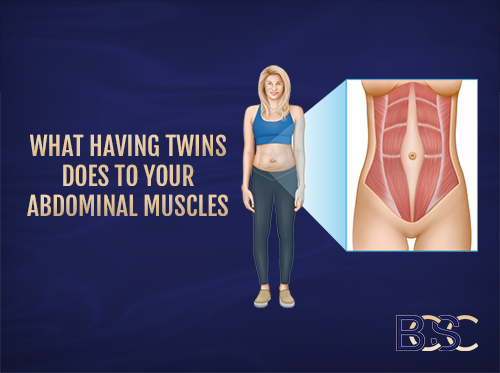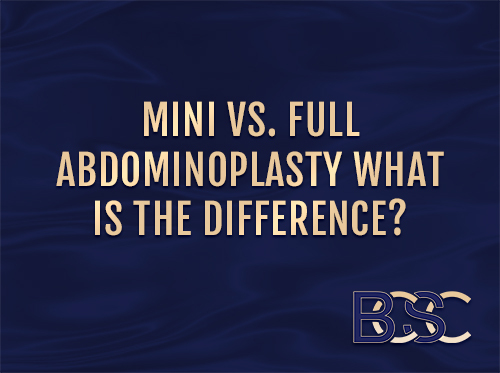How to Treat a Post-pregnancy Hernia as Part of an Abdominoplasty
Pregnancy is one of the most physically demanding experiences a woman can go through. Along with bringing a child into the world, the body also undergoes major structural changes. Stretching of the abdominal wall, weight gain, separation of the abdominal muscles (diastasis recti), and hernias are not uncommon.
While some of these changes improve over time, conditions such as hernias do not resolve on their own. For women considering an abdominoplasty (tummy tuck) after pregnancy, hernia repair can often be performed at the same time as the procedure.
This article explores how post-pregnancy hernias occur, the types of hernias women may face, and how specialist surgeons repair them during abdominoplasty surgery.
What is a Post-pregnancy Hernia?
A hernia occurs when tissue, usually part of the intestine or fatty tissue, pushes through a weakened area in the abdominal wall. During pregnancy, the growing uterus stretches and thins the abdominal muscles and connective tissue. The pressure created by the developing baby and the strain of labour can leave weak spots, making hernias more likely.
While hernias are often associated with men, women after pregnancy can also develop them. Umbilical and epigastric hernias are particularly common in this group.
Why Hernias Occur After Pregnancy
Not every woman develops a hernia after pregnancy, but several factors increase the risk:
- Multiple pregnancies or carrying twins/triplets
- Prolonged or difficult labour
- Excessive weight gain during pregnancy
- A pre-existing umbilical hernia before pregnancy
- Weakness in the abdominal wall from previous surgery
Outside of pregnancy, hernias can also be caused by other issues such as chronic coughing, smoking, obesity, prior incisions, and heavy lifting.
Types of Hernias Seen After Pregnancy
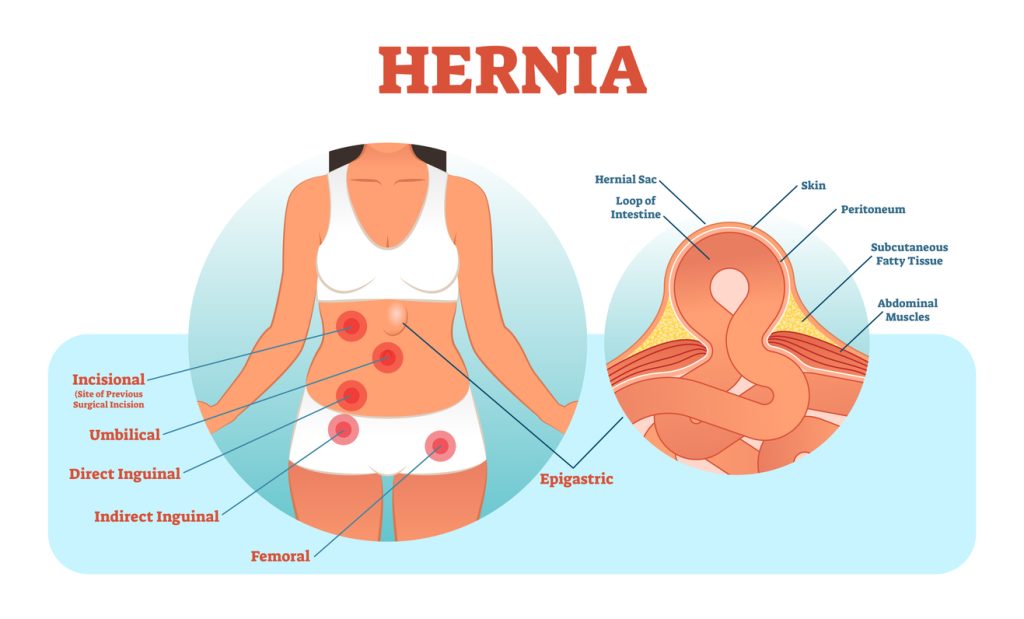
Umbilical Hernia
This is one of the most common hernias seen after pregnancy. It occurs near the umbilicus (belly button), appearing as a soft swelling or protrusion in the area. In children, these sometimes close on their own, but in adults surgical repair is required.
Epigastric Hernia
These hernias occur in the midline, between the sternum and the umbilicus. They can be small but may cause discomfort, especially when straining or lifting.
Incisional Hernia
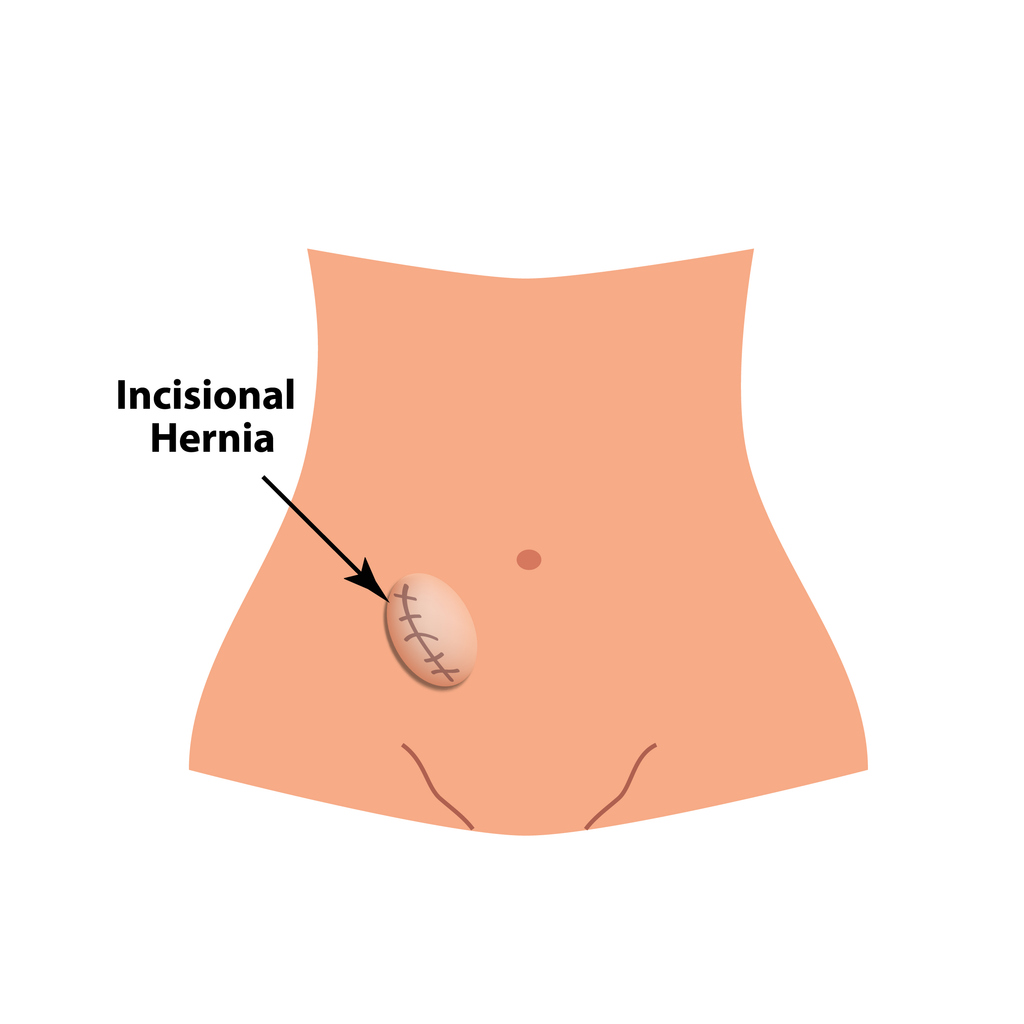
If a woman has had previous abdominal surgery, such as a caesarean section, she may develop a hernia at the scar site due to weakness in the healing tissue.
Ventral Hernia
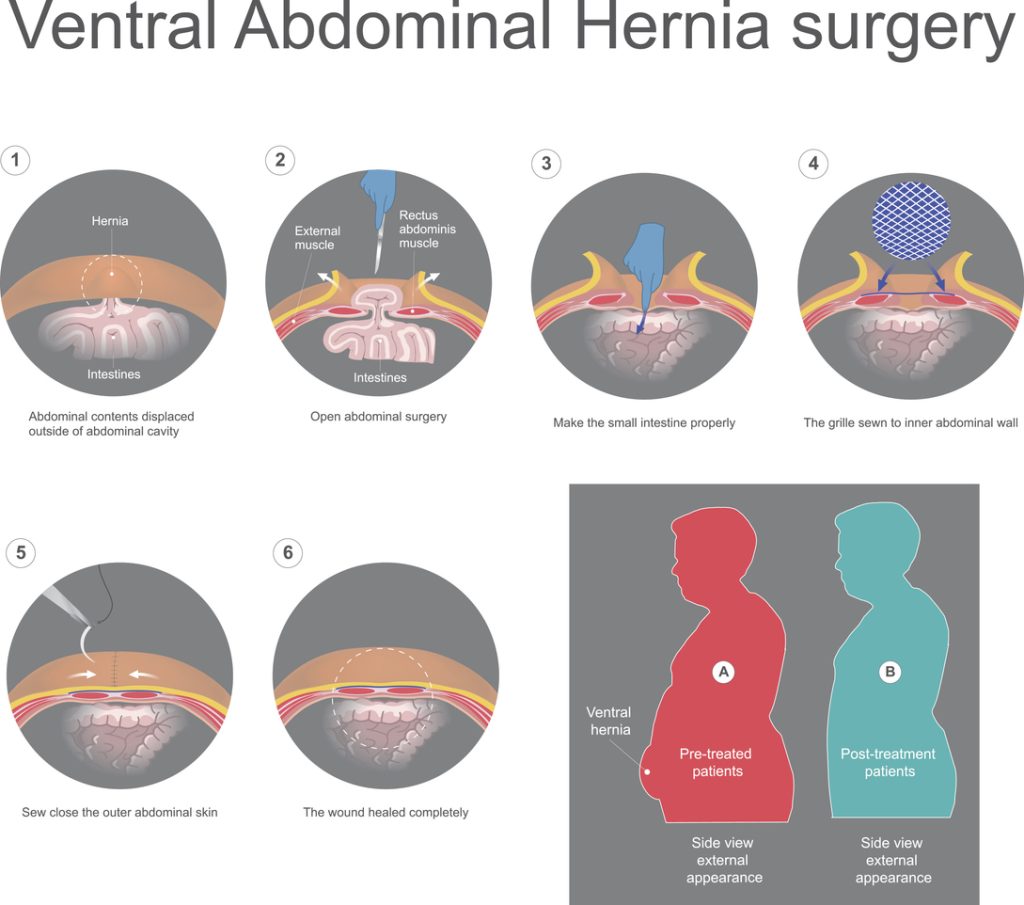
A broad term used for hernias that appear in the anterior abdominal wall. These may enlarge over time and typically require surgical correction.
How Hernias Are Treated
Hernias do not improve without treatment. In fact, they can enlarge or lead to complications such as incarceration (when the tissue becomes stuck) or strangulation (when blood supply is cut off). Surgical repair is the most reliable solution.
The two main surgical methods include:
- Herniorrhaphy: The hernia sac is removed, the protruding tissue is repositioned, and the defect in the abdominal wall is stitched closed
- Hernioplasty (mesh repair): A mesh patch is placed over the weakened area to reinforce the repair and reduce the chance of recurrence
Repairing Hernias During Abdominoplasty
An abdominoplasty (tummy tuck) is often performed after pregnancy to remove excess abdominal skin and tighten the muscles. Because the procedure gives the surgeon direct access to the abdominal wall, it provides an excellent opportunity to repair hernias at the same time.
- Umbilical hernias can be repaired while reshaping and repositioning the umbilicus during abdominoplasty (tummy tuck)
- Epigastric hernias are addressed while the midline muscles are tightened
- Incisional hernias from prior caesarean sections can be repaired as the surgeon works through the same area
Combining both procedures means patients usually need only one anaesthetic, one recovery period, and one scar placement plan rather than undergoing separate operations.
Common Hernias Repaired During Abdominoplasty
| Type of Hernia | Location | Common Causes After Pregnancy | Can It Be Repaired During Abdominoplasty? |
|---|---|---|---|
| Umbilical hernia | Near the umbilicus (belly button) | Pressure from pregnancy, pre-existing weakness, obesity | Yes, often repaired while repositioning the umbilicus |
| Epigastric hernia | Between sternum and umbilicus, along midline | Muscle weakness, straining, pregnancy-related pressure | Yes, usually repaired during midline muscle tightening |
| Incisional hernia | At previous abdominal surgery scars (e.g. caesarean section) | Weakness in healed tissue, surgical scar breakdown | Yes, can be repaired through the same incision during abdominoplasty |
Advantages of Combined Abdominoplasty and Hernia Repair
- One surgery and recovery period instead of two
- Improved abdominal wall function and strength
- Removal of excess skin and repair of separated abdominal muscles (diastasis recti)
- Opportunity to address functional concerns (hernia repair) alongside aesthetic improvement
When to Consider Surgery
Not all post-pregnancy women with abdominal wall changes need surgery. However, those who have:
- Noticeable hernias causing discomfort
- Separated abdominal muscles (diastasis recti)
- Redundant skin that has not improved after weight stabilisation
…may benefit from an abdominoplasty (tummy tuck) with hernia repair.
A consultation with a FRACS-qualified Specialist surgeon is the best way to determine whether you are a suitable candidate.
Final Thoughts
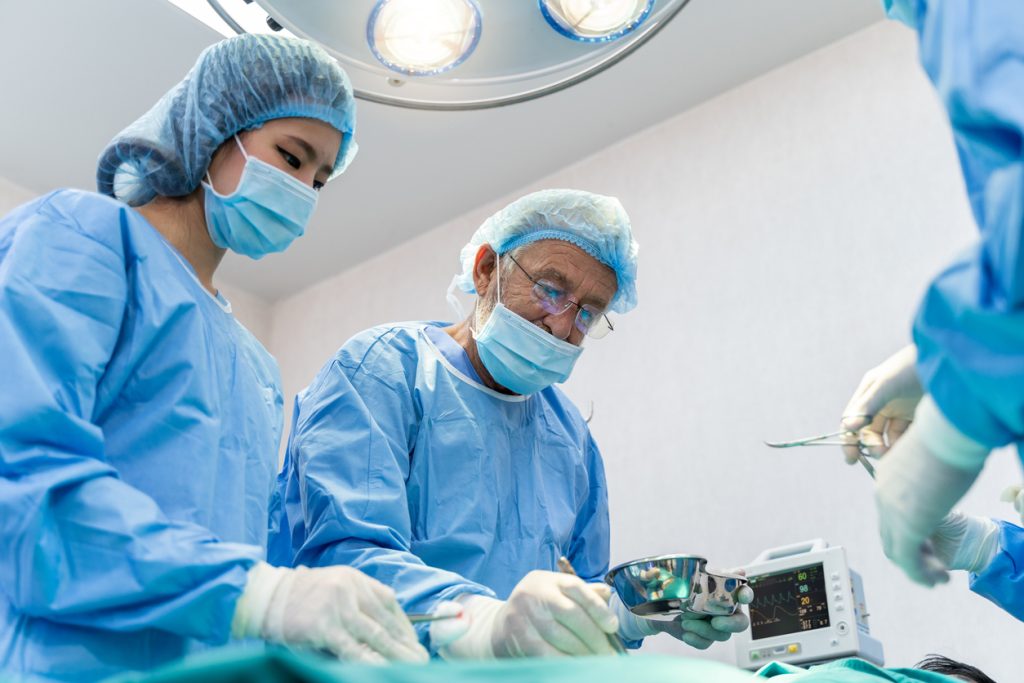
Pregnancy can leave lasting effects on the abdominal wall. Hernias are one such complication, and they cannot heal without intervention. Fortunately, abdominoplasty (tummy tuck) not only reshapes the abdomen but also allows surgeons to repair hernias in the same operation.
For women seeking to restore their abdominal wall function and appearance after pregnancy, combining abdominoplasty (tummy tuck) with hernia repair offers a safe and effective solution when performed by a qualified Specialist surgeon.
